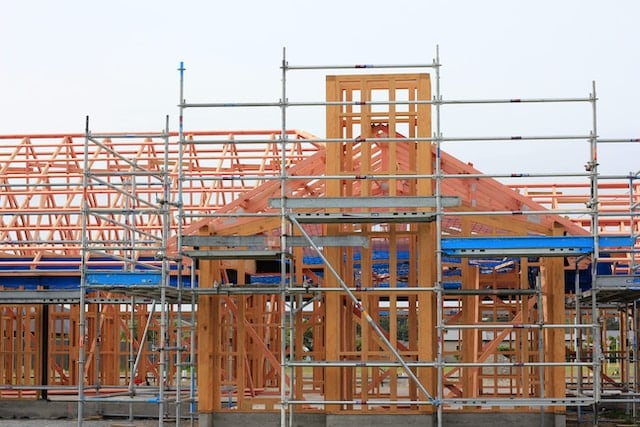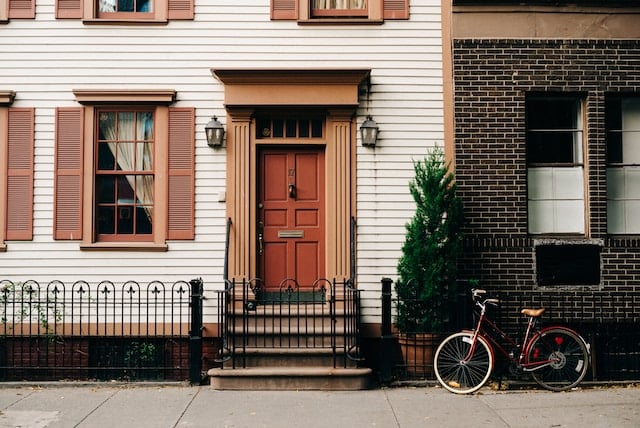
How Has COVID-19 Impacted Housing Prices
After an initial pause in house sales early in the pandemic, there has since been a small boom over the summer, prior to the current lockdown, which has just ended. However, with the COVID-19 pandemic rumbling on, the completion of Brexit in January, and the government bringing the stamp duty cut to an end in April 2021, we are left wondering if house prices will continue to rise.
At the moment, estate agents across England, Wales, Scotland, and Northern Ireland are continuing with in-person viewings. This means that selling a house and buying a house can take place.
The Stamp Duty Cut
Housing marketing is in full swing with the varying-levels of temporary cuts to stamp duty. The savings depend on the country and the property’s sale price, but you could save up to £15,000 in tax if you complete on your home before April. This means that even if house prices fall slightly between now and then, you should still be in a good position.
However, for the moment, house prices are continuing to rise month on month, according to figures released by The Land Registry’s UK House Price Index.
Housing Market Predictions
In response to how the stamp duty cut might affect house prices, Nationwide states that it expects to see dampening housing activity. Halifax predicts downward pressure in the medium term, and Rightmove is warning buyers and sellers to be mindful of wider economic concerns.
If house prices begin to fall after the stamp duty cut comes to an end, those buying can now see their new home depreciate in value. However, a fall in the price of houses will be good news for first-time buyers and those on the cusp of affording their dream home.
For more information or advice contact our team today.







